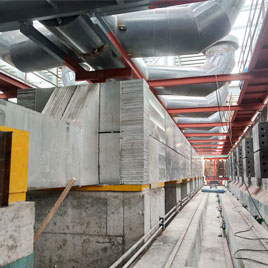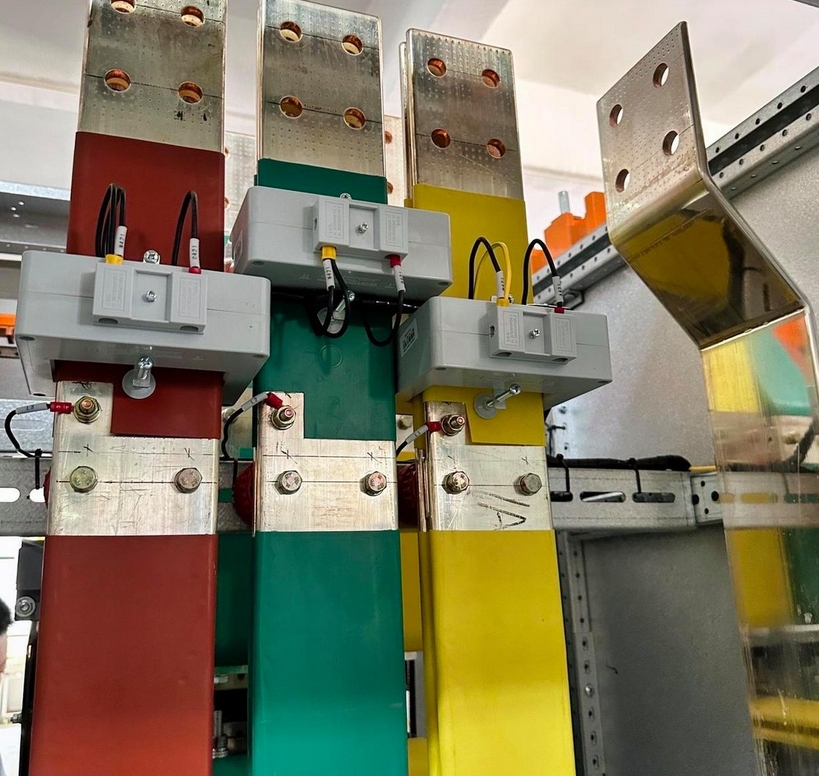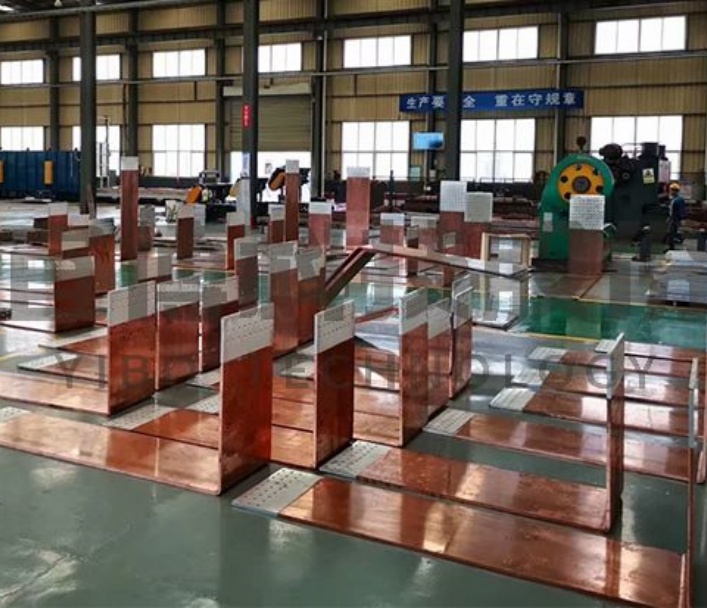Aluminum Busbars: Revolutionizing Electrical Systems for Efficiency and Market Growth
Aluminum busbars, known for their lightweight, corrosion resistance, and cost-effectiveness, are increasingly becoming the preferred choice for power distribution in various industries. This article explores the development, characteristics, applications, and market prospects of aluminum busbars, highlighting their significance in modern electrical systems.
Development and Characteristics:
Aluminum busbars have evolved significantly since their introduction, driven by advancements in material science and manufacturing technologies. Their primary characteristics include high electrical conductivity, lightweight construction, and resistance to corrosion, making them ideal for use in high-current applications. Aluminum's conductivity, while slightly lower than copper, is offset by its significantly lower density, resulting in lighter busbars that are easier to install and maintain.
Applications in Various Industries:
Aluminum busbars are widely used in power distribution systems, transformers, and electrical panels. Their lightweight nature and corrosion resistance make them particularly suitable for outdoor and harsh environments. In the automotive industry, aluminum busbars are used in electric vehicle (EV) battery systems, enabling efficient power transfer and reducing overall vehicle weight. Additionally, they are finding applications in renewable energy systems, such as wind turbines and solar power plants, where weight reduction and corrosion resistance are critical.
Importance and Advantages:
Aluminum busbars offer several advantages over traditional materials like copper. Their cost-effectiveness makes them an attractive option for budget-conscious projects. Lightweight aluminum busbars reduce transportation and installation costs, while their corrosion resistance extends the lifespan of electrical systems. Moreover, aluminum's environmental benefits, including high recyclability, contribute to sustainable power distribution solutions.
Market Prospects and Application Outlook:
The global aluminum busbar market is poised for significant growth, driven by increasing demand from the automotive, renewable energy, and industrial sectors. The transition to electric vehicles and the expansion of renewable energy infrastructure are key drivers of this growth. Additionally, technological advancements in aluminum alloy development and manufacturing processes are enhancing busbar performance, further boosting market prospects.
In the automotive industry, aluminum busbars are essential for EV battery systems, enabling higher energy density and range. The ongoing shift to electrification, coupled with stringent emissions regulations, is fueling demand for aluminum busbars in the automotive sector.
In renewable energy, aluminum busbars are crucial for efficient power distribution in wind turbines and solar power plants. As the global transition to renewable energy accelerates, the demand for aluminum busbars is expected to rise significantly.


